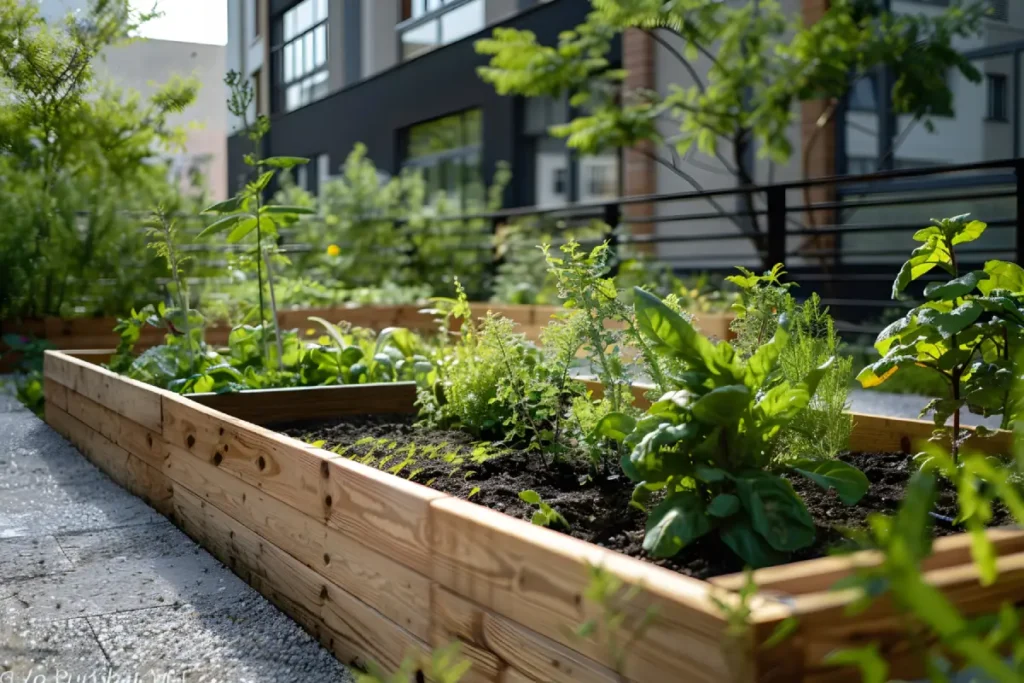Calculate Your Garden Water Needs
Enter your garden details to determine how much water you’ll need per week
Your Weekly Water Needs
💧 Water Conservation Tips
Water early in the morning to reduce evaporation. Use mulch to retain soil moisture. Consider drip irrigation for efficient watering.
In temperate climates, most gardens need about 1 inch of water per week, including rainfall.
🌦️ Climate Considerations
Your local climate significantly impacts watering needs. Hot and arid climates may require 30-50% more water, while cool and humid climates may need 20-30% less.
Water Calculation Report
Your personalized garden water needs calculation
Garden Details
Calculation Results
- Calculate Your Garden Water Needs
- Water Calculation Report
- What Is a Watering Calculator?
- How Do Watering Calculators Work?
- Key Benefits of Using a Watering Calculator
- Types of Watering Calculators: Which One Is Right for You?
- Step-by-Step Guide: Using a Watering Calculator Effectively
- Customizing Watering Schedules for Different Plants
- The Future of Watering Calculators and Smart Plant Care
- Frequently Asked Questions (FAQs)
If there’s one thing plants can’t live without, it’s water. But here’s the tricky part, too little and they dry out, too much and their roots drown. Striking that balance is what keeps them alive, green, and thriving.
I learned this the hard way when I kept watering my indoor fern daily, thinking I was helping. Instead, I noticed yellow leaves and soggy soil. That’s when I realized improper watering is as harmful as forgetting to water.
Healthy plants depend on consistent hydration that matches their needs. A tomato plant in your garden drinks differently from a cactus on your windowsill. When we ignore those differences, plants struggle to grow or stop altogether. That’s why knowing how much water they need is the first step to keeping them fresh and happy.
What Is a Watering Calculator?

A watering calculator is like a competent helper telling you how much water your plants need. Instead of guessing, it uses details like plant type, soil, and weather to guide you. Think of it as a map for plant hydration, simple, straightforward, and practical.
Some people still rely on old-school methods, like sticking a finger into the soil or watering on a set schedule. That works sometimes, but it’s easy to overdo it or miss what each plant requires. A digital plant watering calculator, on the other hand, brings precision. It adjusts for things you might not consider, like climate change or soil absorption.
In short, whether it’s a garden watering calculator for outdoor beds or a simple plant water needs calculator for houseplants, the goal is to make watering less of a guessing game and more of a reliable routine.
How Do Watering Calculators Work?
A watering calculator gathers the basics: plant type, soil condition, climate, and sometimes even sunlight hours. These inputs help the tool figure out the right amount of water without leaving you to guess.
Once the data is in, the calculator compares it with research-backed guidelines. For example, a succulent in sandy soil gets a lighter schedule than a vegetable bed in clay soil. The recommendations are tailored, giving you an accurate plant watering schedule instead of a one-size-fits-all answer.
Imagine opening a garden watering calculator online. You select “tomatoes,” choose “loamy soil,” add your zip code for climate, and instantly see a daily or weekly guide. It’s like a digital coach reminding you when and how much to water, making plant care far less stressful.
Key Benefits of Using a Watering Calculator
The biggest win is precision. A watering calculator tells you exactly how much your plants need, so you don’t waste time or second-guess yourself. It’s like having a recipe for hydration—straightforward to follow.
Healthier plants are another reward. With the right watering frequency calculator, roots stay strong, leaves remain green, and growth feels effortless. You’ll notice fewer signs of stress, like drooping, yellowing, or dry edges.
And then there’s water conservation. By avoiding overwatering, you save gallons over time. A garden water usage estimator helps reduce waste, making your routine efficient and eco-friendly. In the long run, that’s good for your plants, bills, and the planet.
Types of Watering Calculators: Which One Is Right for You?
There isn’t just one kind of watering calculator. Some are simple online tools you can use from your browser. Others come as plant care apps that send reminders right to your phone. Then there are smart devices that connect to sensors in your garden, tracking soil moisture and adjusting an automated watering schedule on their own.
Online tools are quick and free, but you must manually enter data. Mobile apps are more interactive, often with guides and alerts. Smart integrations, like a drip irrigation calculator or a landscape irrigation calculator, are hands-free but can be pricey.
Think about what fits your style. If you want to check “how much water my plants need,” a web tool might be enough. However, innovative tools with real-time monitoring could be the best pick if you aim to achieve efficient plant watering with minimal effort.
Step-by-Step Guide: Using a Watering Calculator Effectively

First, gather the basics. You’ll need details like plant type, soil condition, sunlight exposure, and whether the plant is indoors or outdoors. This info helps the plant watering calculator give accurate advice.
Next, enter the data carefully. A garden watering calculator or soil moisture calculator will often ask for climate or zip code, too, since weather plays a significant role in hydration. The more precise you are, the better the results.
Finally, read the recommendations and apply them. For example, the tool might suggest watering your tomatoes with a specific amount every three days. I once tried this with my basil plants, which looked stronger and greener within a week. The key is trusting the guide and watching how your plants respond.
Customizing Watering Schedules for Different Plants
Not all plants sip water the same way. A watering calculator for succulents often suggests long gaps between watering, while a vegetable garden calculator leans toward more frequent schedules. Flowers usually sit somewhere in the middle.
Indoor plants also need a different approach than outdoor ones. A plant water needs calculator might factor in stable room conditions, while outdoor gardens deal with rain, wind, and sun. Seasonal shifts matter too—your lawn may drink more in summer but less in cooler months.
The best part is the flexibility. A customized watering plan allows you to adjust for soil type, plant growth stages, or drought conditions. It’s like tailoring a diet to each plant, ensuring everyone gets what keeps it fresh and thriving.Common Problems and Their Solutions
Sometimes, a watering calculator gives odd results, suggesting more water than your soil can handle. This usually happens if the inputs aren’t accurate. To fix it, double-check plant type, soil, and climate details.
Another issue is missing data. Not every calculator has every plant listed. In that case, use a similar species as a guide or rely on a daily plant watering guide until you find a better match.
And even with a tool, overwatering or underwatering can still happen. That’s why it helps to pair the calculator with a moisture level checker. Think of it as a safety net that keeps you from relying on numbers alone. With both, your chances of hitting that sweet spot for plant hydration get much higher.
The Future of Watering Calculators and Smart Plant Care
Watering calculators are getting smarter every year. Many new tools use AI to study evapotranspiration rates, soil type, and even your local weather forecast to fine-tune watering advice. It’s like having a personal gardener that never gets tired.
Smart home systems are also stepping in. Imagine an innovative watering tool that links to your irrigation system, checks real-time soil data, and creates an automated watering schedule without you lifting a finger. For busy people, that’s a game-changer.
The bigger picture is sustainability. As droughts and water shortages become more common, these tools help gardeners practice eco-friendly gardening solutions. Smarter watering means healthier plants, lower bills, and a lighter footprint on the planet—all while keeping your garden fresh and alive.
Frequently Asked Questions (FAQs)
How do I calculate water for indoor plants?
Use a plant watering calculator and check soil moisture. Indoor plants often need less water due to stable room conditions.
What’s the best watering schedule for a vegetable garden?
A garden watering calculator can guide you, but most vegetables thrive with deep watering two to three times a week, depending on the climate.
How often should I water my plants?
It depends on species, soil, and weather. A watering frequency calculator helps remove the guesswork by creating a custom plan.
Can a calculator prevent overwatering and underwatering?
Yes. Pairing a soil moisture calculator with a watering tool balances hydration and avoids common mistakes.
Are these tools eco-friendly?
Absolutely. By matching the exact water requirement for plants, calculators reduce waste, support water conservation gardening, and promote sustainable practices.
Related Calculator

